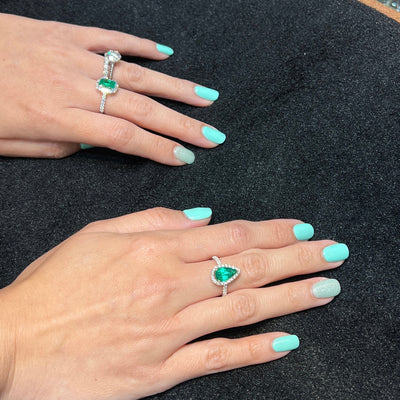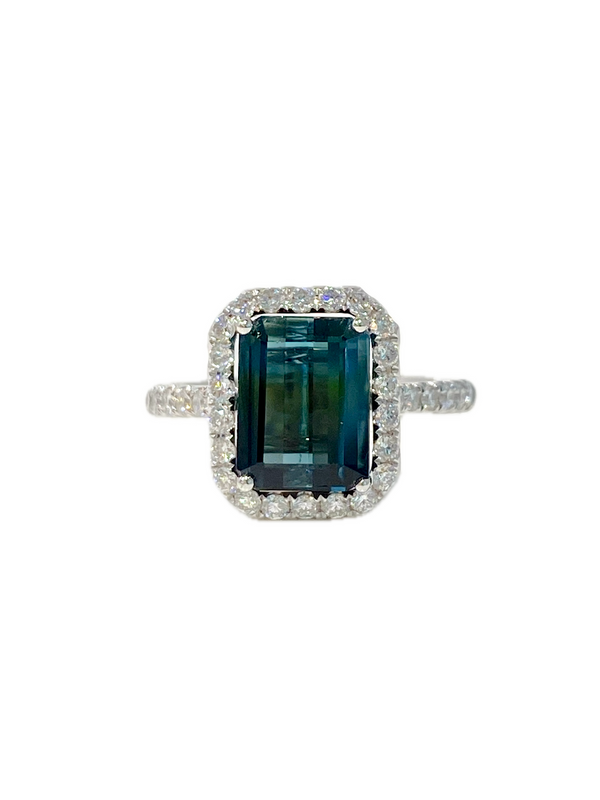Emeralds are among probably the most interesting rocks, celebrated not just due to their impressive green shade but additionally for their geological story. These precious rocks participate in the beryl household, which also incorporates aquamarine and morganite. Why is tourmaline especially exciting is the unique mix of problems needed for their formation, as well as the characteristics that set them apart from different gemstones.
Formation of Emeralds
Emeralds form below certain geological situations around an incredible number of years. Their formation generally does occur in metamorphic stones, which are formed from the modification of existing stones as a result of heat and pressure. The essential ingredients for emerald development contain beryllium, metal, silica, and a variety of other elements, especially chromium and vanadium. These trace elements give emeralds their characteristic natural hue.

The procedure begins in hydrothermal veins, where mineral-rich hot water percolates through cracks in the rock. As the water cools, beryllium-rich nutrients crystallize. When chromium or vanadium is present, they replace some of the beryllium in the gem lattice, leading to the brilliant natural shade which is why emeralds are renowned. This complex interaction of things is why is the treasure not only lovely but additionally relatively rare.
Emerald deposits are present in a few parts around the world, with Colombia being probably the most popular source. The unique geological situations in the Andes hills develop the ideal atmosphere for providing a number of the highest-quality emeralds. Other notable sources contain Zambia, Brazil, and Afghanistan, each adding distinctive characteristics to their emeralds centered on regional vitamin content and formation processes.
Special Top features of Emeralds
One of the very distinctive features of emeralds is their clarity, or lack thereof. Most emeralds include inclusions, often referred to as jardin, a German expression indicating yard, which identifies the delicate central styles shaped by the trapped minerals. These inclusions, while often considered as flaws, can improve the gem's character and individuality, making each emerald one-of-a-kind.
The hardness of emeralds, ranked at 7.5 to 8 on the Mohs degree, also sets them apart. While they're tough enough for daily wear, their inner fractures could make them more vunerable to damaging in comparison to different gems like diamonds. That duality adds for their attraction: they're both important and delicate.

Moreover, emeralds display a phenomenon known as pleochroism, which allows them to produce various colors when viewed from various angles. That quality can make a magical level and difficulty in the rock, fascinating jewel enthusiasts and lovers alike.
Eventually, the symbolic significance of emeralds can not be overlooked. For the duration of history, they've been associated with renewal, fertility, and love. Their rich green shade evokes the vibrancy of nature, introducing with their appeal.
Realization
Emeralds aren't just lovely gems; they are caused by a amazing geological method and get special functions which make them stand out. Understanding the technology behind their formation and the features that establish them deepens our appreciation for these important rocks, creating them a cherished supplement to any collection.
